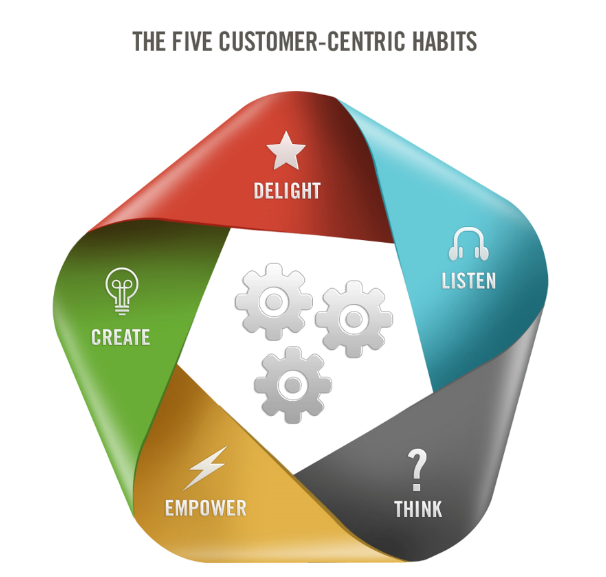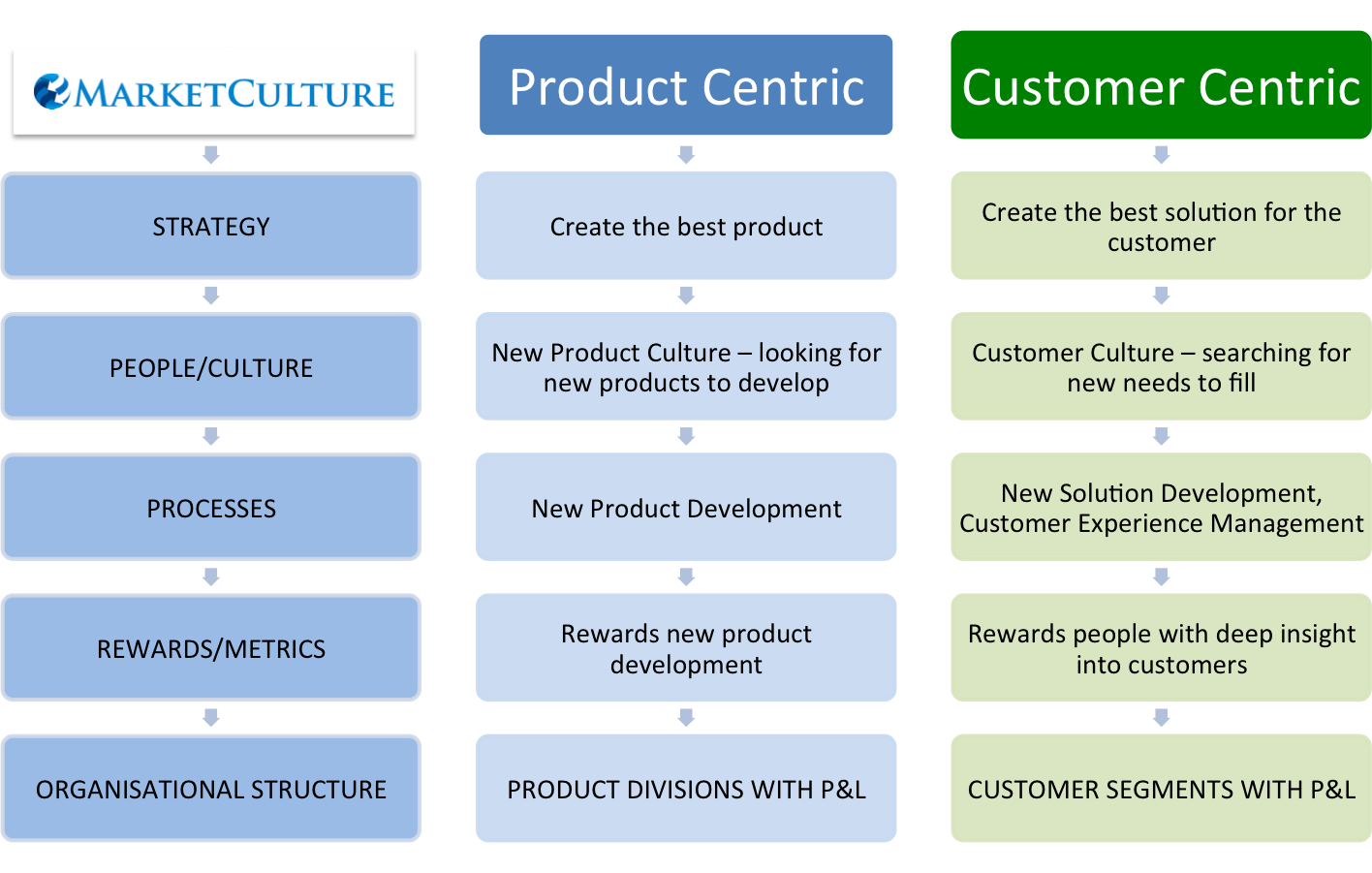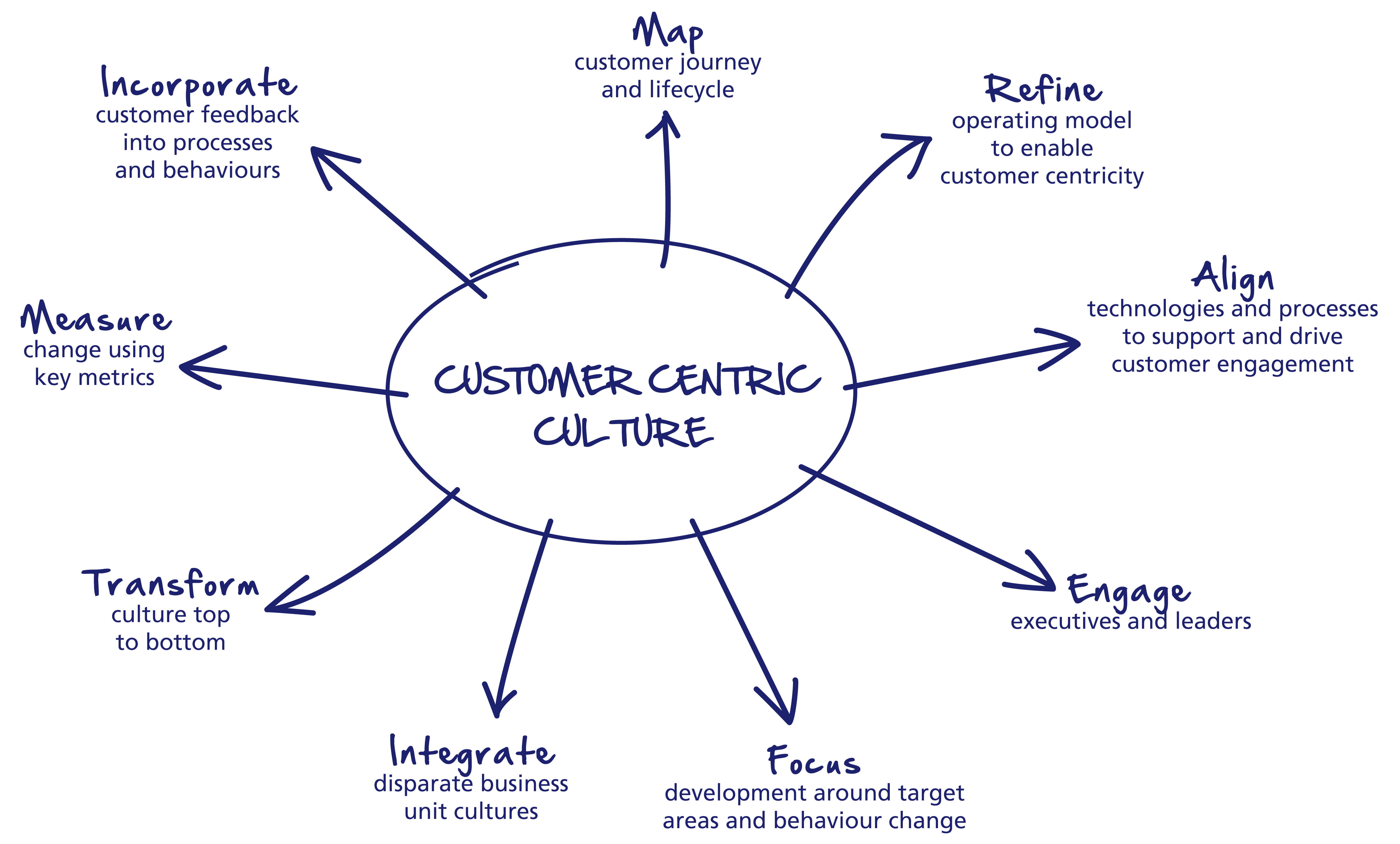Content marketing is more than writing blogs. Way more

If you’re just getting involved in content marketing, the first thing you need to do is launch your blog and start writing.
Then, when your blog is established and purring along, try throwing in a new type of content. I predict that you’ll immediately see a difference — fresh traffic, targeted visitors, higher conversion rates, and better SEO.
But before I share the 10 types of content that will drive you more traffic, there are a few things you need to know:
You don’t need to try all of these examples — different content types suit different brands in different ways. If you don’t think that a certain type of content will serve you, no problem. This list isn’t about must-haves. It’s about maybes.
Don’t be afraid to try new stuff — I’ve found that some people shy away from new types of content because they think it will take too long, be too hard, or fall flat. I understand your apprehension, but I encourage you to try it anyway. Want to get started with a video? You don’t need to buy a green screen, editing software, or a pro-grade camera. Use your iPhone and your YouTube account. Start small and work your way up.
Pick one and put it in your schedule — if you use a content marketing schedule, slot one or two of these into the editorial calendar for the next month. If you don’t plan it, you probably won’t do it. I challenge you to pick one and give it a try sometime in the next four weeks.
This list is not exhaustive — I encourage you to think of content not in terms of types but ideas. The form that the content takes is secondary. The idea is primary. First, develop your idea. Then, determine what it’s going to look like. The variety of content is endless. Heck, you may even want to invent your own type of content.
So, let’s get started…
Content type #1: Infographics
An infographic is the presentation of information or data in a visual way. Its name sums it up — info + graphic.
Infographics get shared more, viewed more, and loved more than most other content types. They are a powerful way to get your information out there in an explosively visual format. One study found that infographics were liked and shared on social media up to three times more often than other content. The viral potential is there.
How to do it
If you have a graphic designer in your professional network, tap him or her to make an infographic for you. Some graphic artists specialize in infographics. If you have it in your budget, you can use a service like Visual.ly. Infographics typically start at $1,000.
When to use it
Infographics are perfect for communicating almost any idea or concept. Data, research, statistics, and findings work especially well.
Things to keep in mind
Infographics can be expensive. The amount cited above — a thousand dollars — is pretty close to the standard price.
Infographics used to go viral just by virtue of being an infographic. That doesn’t work anymore. Everyone is making infographics. Today, you have to make it really good to make it shareable.
Make a gifographic. Gifographics use the infographic model but feature animated gifs instead of the static images of a conventional infographic. You can check out an example here.
Content type #2: Meme
You’ve seen memes. They’re easy to make. They’re viral. They’re hilarious.

That’s one of the great benefits of memes — their humor. People love something that they can laugh at, share, and get a kick out of.
How to do it
Memes don’t require graphic design skills. Meme Generator and Quick Meme are sites that allow you to add your own text to popular meme images.
Memes may not be the best type of content to share on your blog, but they’re primed for social media outlets. Twitter, Stumbleupon, Pinterest, Reddit, and Tumblr (especially Tumblr) will help your meme to spread.
Memes are just-because content. When the mood hits or a funny idea strikes you, go ahead and meme it.
Things to keep in mind
They are adaptable. The great thing about memes is that they can be adapted for use in any niche. Your niche is neither too narrow nor abstruse to warrant its own meme.
Memes can be low value, so don’t overuse them. When misused, they can devalue the message or brand that you’re trying to promote.
Content type #3: Videos
There’s a world of variety within videos. I could write a whole separate post on different types of videos. No matter what type it is, however, a good video communicates a message in a succinct and memorable way. Done well, a video can be extraordinarily persuasive. This video on Crazy Egg helps to bring in $21k every month.
How to do it
Whether you create a video of an office tour, an explainer video, or a music video (it’s been done), you’ve got to get the script right. A video isn’t only about the moving picture; it’s about the words that you say or display. Check out a few more tips for making an explainer video.
Put the video on YouTube and Vimeo. Both of these video sharing sites are great ways to garner social signals for SEO and improved results for video search itself.
Things to keep in mind
Making a good video is not cheap. You can start small, of course, but contracting a video specialist or a camera crew can cost quite a bit.
Videos aren’t supposed to be long. Two to three minutes is a good length.
Content type #4: Guides
A guide is a detailed and fairly long piece of content. Think of it as an epic blog post. It goes beyond the length, style, and approach of an ordinary blog post. My Advanced Guide series are some of the most popular types of content I’ve ever created. When you check them out, you’ll discover that they have more visual flair and are much longer than my blog articles.
How to do it
Writing a guide requires a good writer, a good designer, and a good idea. The writer needs to produce top-tier content. The designer needs to know how to present that content in an attractive way. And the idea has to be something that your audience wants. You may wish to present the guide as a downloadable PDF.
Things to keep in mind
Guides can be a helpful bait for harvesting email addresses: “I’ll give you this awesome guide if you register your email address.”
A guide needs to look good. Make sure you recruit the services of a capable designer as well as a writer. Readability has as much to do with layout and presentation as it does with great writing style.
Content type #5: Book reviews
A book review is a simple discussion of a book plus your take on it. You recommend good ones, critique not-so-good ones, and share the value that you glean from them. Book reviews are great because they help to position you as a thought leader.
How to do it
A book review can be as complicated or as simple as you want. I suggest a short-and-simple 7-point format:
- Introduce the book: 1-5 sentences.
- Introduce the author: 1-5 sentences.
- Summarize the book’s major points: 1-3 sentences per point.
- Share what you liked in the book: 1-5 sentences.
- Share what you didn’t like about the book: 1-5 sentences.
- Recommend it (or not) to your readers: 1-3 sentences.
- Provide a call to action: Link to the book.
Things to keep in mind
Book review content works best if you have a readership that is inclined to read books.
Book reviews are especially helpful for thought leadership if you’re able to review new releases or pre-releases or interview the author.
Content type #6: Opinion post (a.k.a. “Rant”)
This style of post is substantially different from your typical blog post, mostly due to its tone. You may be used to publishing a careful and researched discussion of a topic. The rant or opinion, by contrast, may be stronger and more expressive. The more vociferous your position, the more it’s going to get read and shared.
How to do it
Occasionally, write a strong first-person take on a hot topic or big issue. It could be your opinion on a major industry change. I did this when Matt Cutts announced the demise of guest blogging. When you address popular topics, you’re able to get stronger search potential and shareability.
Things to keep in mind
This should not be a daily thing. Someone who is constantly sharing his or her opinions or ranting about a topic can become odious. Use with caution.
Be civil. Don’t let your opinions degenerate into people bashing. “Rant” does not equal “angry.”
Be clear about what you’re doing — that this is your opinion, your take, your position — and be humble about it.
Content type #7: Product reviews
Like the book review, a product review can help establish authority and leadership in your industry. Every industry has its unique array of products, software, and services. When you engage key developers, manufacturers, or service providers, you gain recognition and respect. All you need to do is share your experience with the product and provide your recommendation.
How to do it
Here’s a pattern for the product review:
- Introduce the product
- Introduce the producer
- Describe the product
- Share what you like
- Share what you don’t like
- Provide your recommendation
- Provide a call to action
Things to keep in mind
If the product is a physical item, you may want to have a video component to the review. A video allows you to take a hands-on approach to the product as you review it.
Content type #8: How-to
The how-to is one of the most popular types of content, especially in my niche. On my blog, I write a lot of how-to guides. How-to articles have awesome long tail search potential due to these popular long tail query introductions: “How to…” and “How do I…?”
How to do it
First, identify a common problem. Then, come up with a solution. The model is simple:
- Introduce the problem
- Introduce the solution
- Discuss each step of the solution
- Summarize the discussion
- Provide a conclusion
Things to keep in mind
The options for how-tos are inexhaustible. Think of one topic that reflects something you do on a daily basis. Next, write a how-to article based on that one issue. It could be industry specific or more general: “How to reply to every email in one minute or less” or “How to optimize your robots.txt for search engines.”
The more thorough your explanation is, the better. Diagrams, videos, and pictures can all help enhance the how-to blog.
Content type #9: Lists
Lists have endless appeal. We’re wired to love them. Chance are you’re going to see or read an article today that involves some sort of a list — “5 Security Breaches You Need to Know about,” “17 Ways to Rank Higher in Google in One Month.” Hey, you’re already reading an article with the title “15 Types.”
From the ancient Ten Commandments to modern lists of everything, numbered ideas are as popular as ever. You can’t go wrong with this content type. Even popular magazines use list appeal to sell issues.
How to do it
Pick a topic, then pick a number. You’re halfway to creating a list. A good example of this is this post on 7 ways to increase your rankings without leveraging content marketing.
When you write your list, use this simple format: introduce the topic, list your points, and provide a conclusion.
Things to keep in mind
The more detailed your list is, the better. Long lists are good too.
There’s no magic number for an awesome list. Odd numbers, round numbers, any types of numbers — they all work equally well.
Content type #10: Link pages
A link page is simply a post that provides links to great resources around the web. The great thing about link posts is that they spread link love to other sites, provide your own site with authoritative SEO signals, and assert your thought leadership within your field.
How to do it
A link page, often called a link roundup, is simply a list of links. Write down the title of the article, hyperlink it, and number it. Done.
Things to keep in mind
It’s helpful to add your own blurb or introduction for each link you provide. Although not necessary, it’s a good way to put your own spin on a topic or add a bit of value to the discussion. Besides, if a post is particularly good (or bad), you may want to point this out.
Stephen Hodgkiss
Chief Engineer MarketHive Inc.
![]()
Al Zibluk

 Google will always be adjusting its algorithms!
Google will always be adjusting its algorithms!


